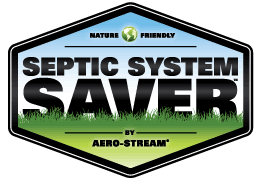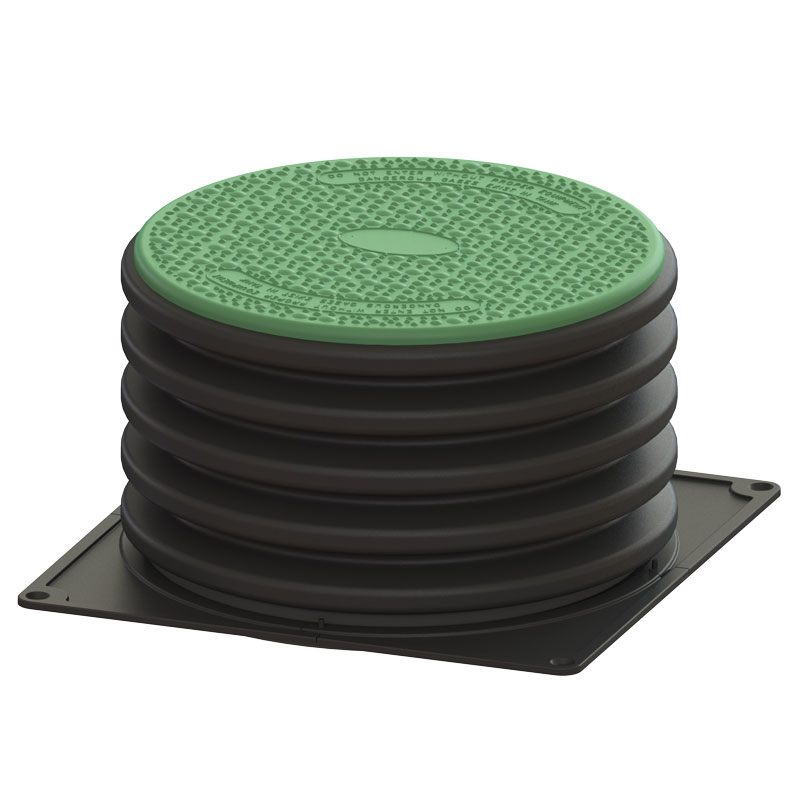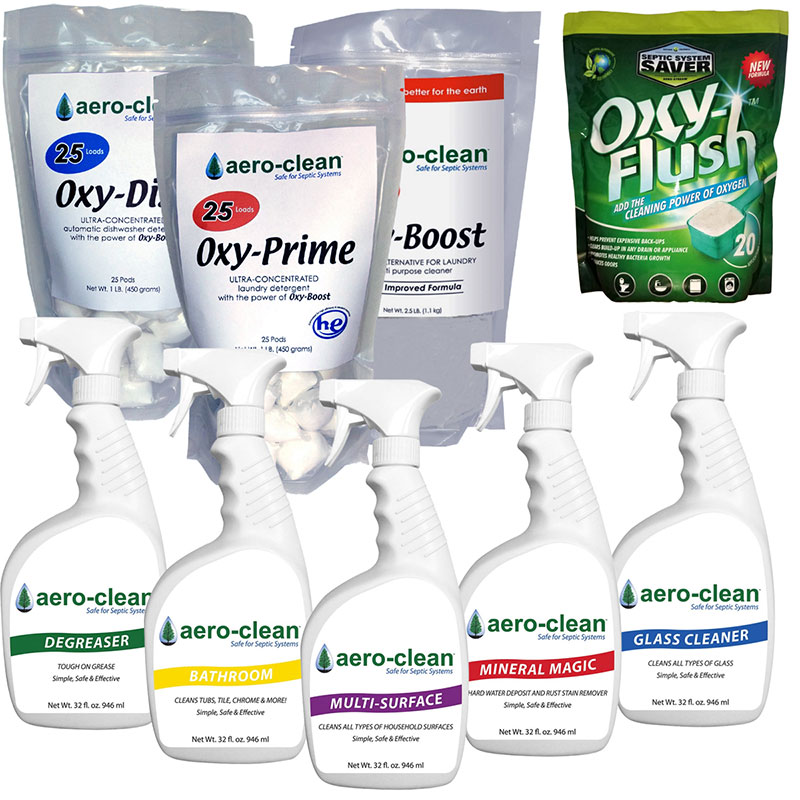Septic systems require regular maintenance and some care from homeowners in order to function correctly. Small chemical imbalances, physical damage or improper use of the tank could cause the entire system to fail. A failed unit causes unpleasant odors, contamination and damage to the tank itself. Homeowners can encounter three common septic tank problems with a traditional anaerobic system.
Common septic tank problems occurs when the sludge in the bottom of the tank starts to accumulate. Most systems require pumping every 3 – 5 years and maintenance in order to remove this sludge. Problems with the materials sent into the septic system or the chemicals in the water can affect the anaerobic bacteria that digest the solid waste. A reduction in the number of bacteria will cause more solids to accumulate over time. This could quickly fill the bottom with dense sludge. The sludge could accumulate enough to clog the pipes leading to the drainage field. This will cause the septic system to stop functioning and could possibly even send waste back into the home or other septic tank problems.
The waste that moves through the pipes that leads to the drain field can begin to accumulate over the course of a year. The waste that enters the field eventually collects into a mat that can harbor anaerobic bacteria. The result is a constantly expanding mass known as a biomat. The biomat has the potential to extend through an entire drainfield. It produces unpleasant odors and can contaminate ground water. If the biomat becomes dense enough, then the water from the septic system will be unable to enter the field. This causes backups and other septic tank problems that will make life difficult in the home.
An overflowing system has wastewater pooling above the septic tank or filling the drain field. Foul smelling solid waste or scum sometimes accompanies the water. This problem occurs when too much water flows into the tank. There are several causes for an overflow. The anaerobic bacteria might be so depleted or overwhelmed that solids are not broken down. This lowers the holding capacity of the tank. An excessive amount of non-biodegradable materials in the tank could also cause septic problems that lead to overflows.
One solution for these septic tank problems is an aerobic system. A controlled septic aerator from Septic System Saver® maintains an oxygenated environment inside of the tank. The result is that active aerobic bacteria begin to form and quickly replace the inefficient anaerobic bacteria. Aerobic bacteria break down waste much faster than anaerobic bacteria. The bacteria also eliminate a larger amount of materials so that the wastewater is much cleaner when it reaches the drain field. This reduces the amount of sludge on the bottom of the tank and prevents the development of a biomat. Aerobic bacteria are so effective that they can actually reverse clogging in a system over time.


